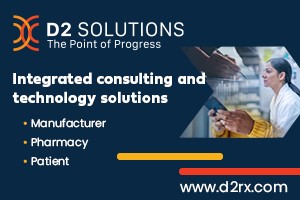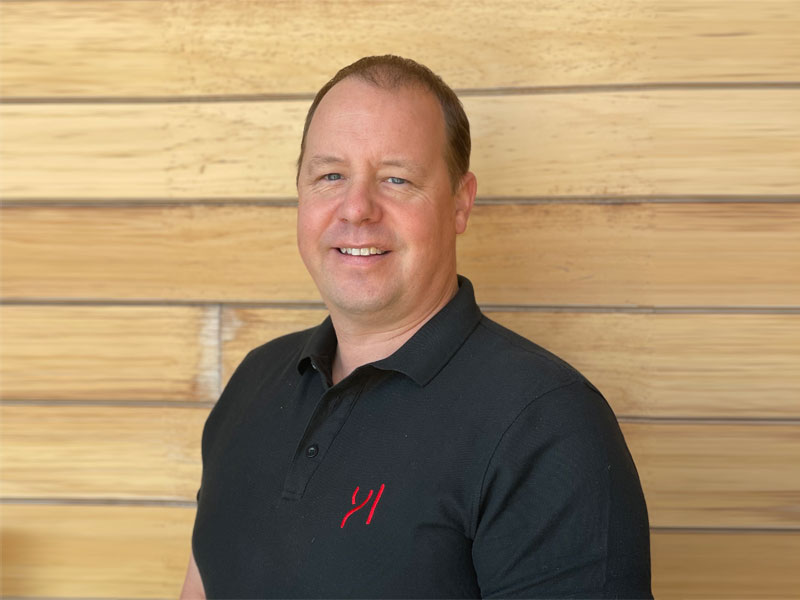As a wellness innovator with nearly three decades in the field of integrative medicine and functional health, I’ve worked in clinics, wellness resorts, and addiction treatment centers across the globe. One thing I know to be universally true: recovery from addiction isn’t just about abstinence—it’s about healing. And that healing must occur on multiple levels: physical, emotional, neurological, and spiritual.
The path forward in recovery care calls for innovation—modalities that are not only safe and effective but supportive of the body’s innate capacity to restore itself. This is where Photobiomodulation (PBM), more commonly known as red light therapy, is now emerging as a powerful ally in addiction treatment.
Understanding the Challenge: Healing a System in Chaos
Addiction disrupts nearly every physiological system. The central nervous system is thrown into dysregulation. The brain’s dopamine pathways are hijacked. Mitochondria—the cellular engines—become sluggish, overrun by oxidative stress and inflammation. Cortisol remains chronically elevated, impairing sleep, increasing anxiety, and sabotaging decision-making. Add to this the emotional trauma often underlying addiction, and we see a perfect storm of bio-psycho-social imbalance. Traditional treatments—detoxification, medication-assisted therapy, cognitive behavioral therapy—remain vital. But they don’t fully address the biological cost of addiction or the cellular fatigue that underlies chronic relapse. We need therapies that rebuild from the inside out.
What Is Photobiomodulation?
Photobiomodulation uses specific wavelengths of red (typically 630nm) and near-infrared light (850nm and 940nm) to penetrate tissues and stimulate cellular function. When absorbed by the skin and deeper tissues, this light activates cytochrome c oxidase, a key enzyme in the mitochondria.
The results?
- Increased ATP production (cellular energy)
- Reduced oxidative stress
- Improved circulation and oxygenation
- Decreased inflammation
- Enhanced neurogenesis and cellular repair
In recovery, this means helping the body to:
- Recalibrate stress hormones
- Regulate sleep cycles
- Rebuild energy
- Support emotional resilience
And perhaps most importantly, it creates an environment where healing feels possible.
PBM and the Addicted Brain
Modern neuroscience confirms that addiction is a brain disease of dysregulation. The prefrontal cortex (impulse control), limbic system (emotions), and the reward pathways (dopamine production) are all impaired by substance use—and these systems don’t bounce back overnight.
Research is now pointing toward PBM as a modality that can:
- Stimulate BDNF (Brain-Derived Neurotrophic Factor), which supports new neuronal growth.
- Modulate neurotransmitters such as serotonin, dopamine, and GABA.
- Normalize cortisol rhythms, essential for mood and energy balance.
- Improve cerebral blood flow, supporting cognition and emotional clarity.
This isn’t about a silver bullet—it’s about giving the brain the biological support it needs to integrate the behavioral and emotional work of recovery.
The Role of EnergyLounger in Clinical Settings
At Energy Lounger, we designed our PBM system with recovery environments in mind. We know these spaces must be safe, trauma-informed, and easy to integrate. The EnergyLounger provides a 20-minute touchless therapy session, where the individual simply reclines, wears noise-canceling headphones, and receives full-body PBM while listening to relaxing audio.
It offers:
- Five pre-programmed protocols: Skin Rejuvenation, Muscle Recovery, Pain Management, Immunity Boost, and Full Spectrum.
- Triple-wavelength LED technology (630nm, 850nm, 940nm).
- Ergonomic, zero-stress positioning—no need to lie flat or undress.
- A trauma-sensitive, non-contact environment for deep relaxation.
For treatment centers, it also means:
- No need for a full-time therapist to operate the device.
- Plug-and-play integration into wellness rooms or therapy schedules.
- High ROI through repeat sessions and packages.
Most importantly, it provides clients with an experience of being cared for—without being touched, which can be crucial for those with histories of trauma.
Case Insights: What the Field Is Reporting
We’re now seeing emerging insights from wellness and recovery clinics trialing PBM:
- Reduced withdrawal symptoms, especially muscle pain, agitation, and insomnia.
- Improved sleep quality in both acute detox and post-acute withdrawal phases.
- Enhanced emotional regulation, making individuals more receptive to therapy.
- A noticeable uplift in mood and energy within the first few sessions.
One recovery center in California noted that their clients “report feeling calmer, more focused, and emotionally balanced after their PBM sessions—many describe it as the first time they’ve been able to truly relax in months.”
Integration Tips for Facilities
For recovery centers considering PBM, implementation is straightforward. Sessions are 20 minutes, can be offered daily or 2–3x per week, and are safe for most individuals.
Best practices include:
- Scheduling after group therapy to help process and decompress.
- Using the “Pain Management” or “Full Spectrum” mode for general recovery support.
- Encouraging mindfulness, breathwork, or music during the session.
- Offering package pricing to make it accessible for long-term use.
PBM can also be used alongside IV therapy, sound healing, or even EMDR and neurofeedback, to enhance the body’s readiness for deeper healing.
Reimagining Recovery Through Regeneration
We’re in a pivotal moment in healthcare MAHA movement is accelerating, where technology, neuroscience, and compassion are intersecting in powerful ways. PBM isn’t a replacement for therapy or medical care. But it is a potent complement, one that helps restore the biological groundwork necessary for sustainable change.
What makes photobiomodulation so compelling is that it respects the intelligence of the body. It doesn’t force change—it invites it. It doesn’t suppress symptoms—it supports healing. And that’s exactly what recovery should be.
A Final Word
Addiction recovery is not about perfection—it’s about reconnection. To self, to body, to hope.
By integrating tools like PBM into our recovery ecosystems, we empower individuals to not only survive addiction but to thrive beyond it. We create space for deeper rest, resilience, and repair. And in doing so, we illuminate a new path—one where healing happens from the inside out.
Let us not only treat addiction—let us nurture recovery.





